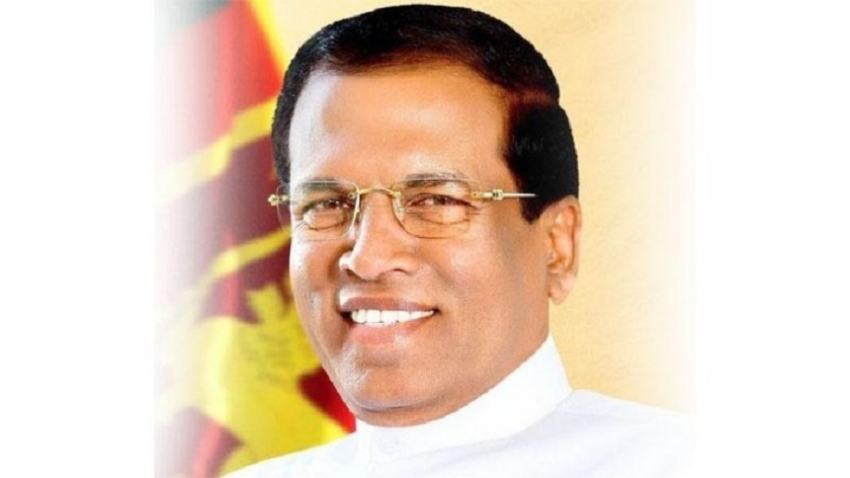This program has multiple aims, it envisages to increase the nutrition level of children in the country and make Sri Lanka self-sufficient in liquid milk by strengthening the local dairy industry. The Cabinet of Ministers has approved a Cabinet Paper presented by the President and allocated Rs 1,000 million to initiate the program to provide milk to primary schoolchildren. Of the 1.7 million schoolchildren in Grades 1 to 5, an estimated 503,290 students will receive a pack of milk each, on every school day, i.e. 123 school days in the second and third terms this year. The cost of a milk pack is Rs 21.
This program has been launched under the Gramashakthi village empowerment national program launched three years ago by President Sirisena. Under this Private Public Partnership (PPP) program, small and middle level entrepreneurs in villages will be able to set up milk production units at village level with the support of the private sector.
The Gramashakthi movement aims at empowering people by initiating joint ventures between the village committees and private sector companies. Initially, the Government will provide funds to the village committees to begin the projects in partnership with the private sector, for technological support and buyback arrangements. After the project is launched, the Government will not intervene and the village committee will carry out the project and reap the benefits.
Since ancient times, Sri Lankan villages were self-sufficient in milk as most of the village households were in possession of at least one cow. This trend continued in the first two decades after independence and in the 1970s Sri Lanka was 80 percent self-sufficient in fulfilling her milk requirement. However, at present, milk production is around one-third of the demand and the balance met with imported milk powder. More than 100,000 metric tons of powdered milk is imported per year costing more than US$ 380 million annually.
While neighbouring India is one of the world’s largest milk producers, Sri Lanka prefers to import milk powder from New Zealand and Australia, two countries that never consume milk powder. The European countries, Canada and the United States too shun milk powder. Yet, Sri Lanka remains one of the few countries in the world to consume milk powder. Some analysts blame the commercial advertisements that popularise milk powder.
The school milk program is to be augmented by the Gramashakthi village empowerment program, which will harness its village level units to encourage the village dairy industry. It is also proposed to provide 15,000 cattle to selected 7,500 villagers to ensure continuous milk supplies for the program. Private sector companies that will produce milk packets will enter into buy-back agreements with Gramashakthi village units.
However, dairy experts are of the view that a proper study must be undertaken before the import of cows to ensure the quality and adaptability to local climatic and other conditions, and continuous fodder supplies. Hence, local grass growers should be motivated and farmers encouraged to grow grass on paddy fields in between the Yala and Maha seasons. Such steps would ensure that there would not be a repetition of the past bitter experiences of large-scale deaths and malnutrition in imported cows.
Smallholder dairy farmers dominate the livestock industry with an estimated 300,000 registered farms and the local dairy animal population in Sri Lanka is at 1.3 million. Smallholder dairy farmers who supply about 90 percent of the milk are mostly from rural and plantation areas and often run their dairy farms with inadequate dairying knowledge and training.
Milk production is expected to increase with the new program to provide milk packs to schoolchildren, and the concessions provided by the Gramashakthi program would be an added incentive for dairy farmers.
Several private sector companies are involved in this program. Milco has taken the major share of the packaging and distribution of milk packets. With the expansion of the program Hayley’s, Cargills, Chelo and other private sector companies are expected to join the program.
Arrangements have been made to recycle the empty packets, thus paying attention to environmental concerns.




















